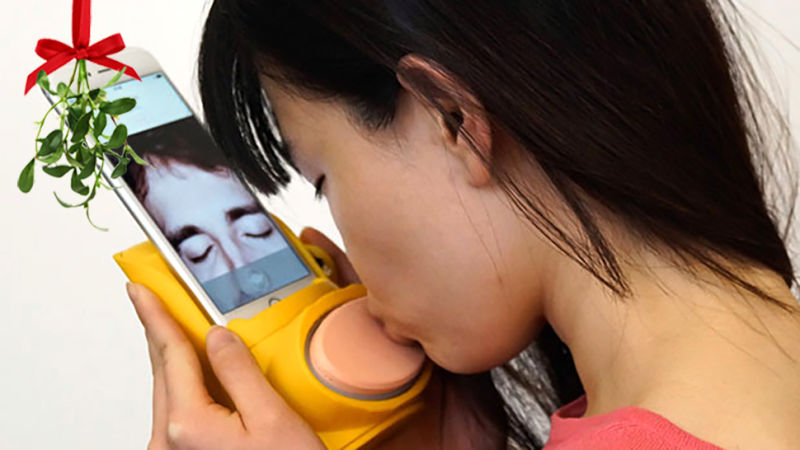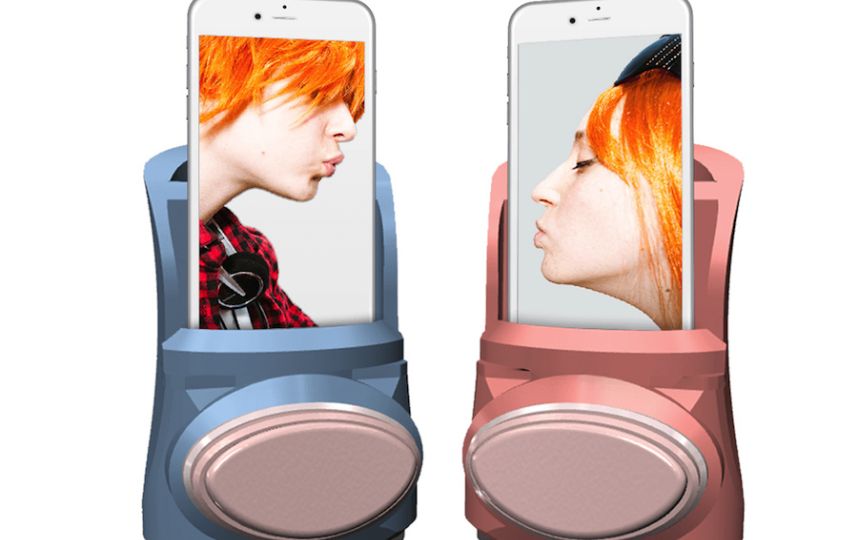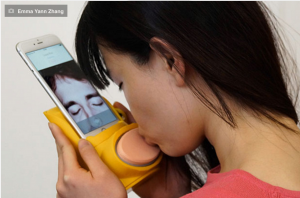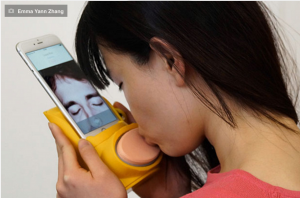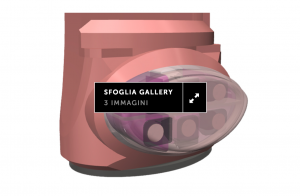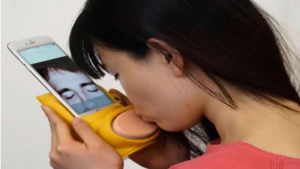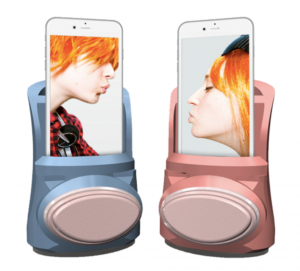The strange new world of cyborg mermaids, “teledildonics” and Japanese robots modelled on Scarlett Johansson came under academic scrutiny at a conference last month.
The International Congress on Love and Sex with Robots had already been banned in Malaysia and was described by a British tabloid newspaper as a “sex festival”, but its second annual event nonetheless went ahead as planned at Goldsmiths, University of London on 19 and 20 December.
In her opening keynote speech, co-organiser Kate Devlin, senior lecturer in computing at Goldsmiths, noted that “sex tech” now represents “a $30 billion [£24 billion] global market”. Yet this market attracts polarised reactions.
On the one hand, explained Dr Devlin, there were techno-optimists such as David Levy, CEO of Intelligent Toys, whose 2007 book Love and Sex with Robots: The Evolution of Human-Robot Relationships saw great therapeutic potential in robots for those otherwise unable to find a partner and predicted that “the first human-robot marriage will take place in the state of Massachusetts around the year 2050”.
Opposed to him were activists such as Kathleen Richardson, senior lecturer in the ethics of robotics at De Montfort University, who has spearheaded the Campaign against Sex Robots, on the grounds that they “objectify women” and “raise issues of slavery and parallels with sex work”.
Dr Devlin wanted to get away from the image of sex robots created essentially for men’s pleasure and asked: “Why do we gender robots at all?” If we are already, she continued, “providing robots for care and companionship in old people’s homes, why not sex tech too?” Furthermore, if robots ever became genuinely conscious or self-aware, that would raise a host of additional issues.
Dr Devlin posed the questions: “Will robots have to give consent? What if they prefer sex with each other? And do they have a right to a family life?”
Jessica Szczuka, a researcher at the University of Duisburg-Essen, reported on evidence that the market for sex robots constituted “more than only a fringe group”. In a sample of 263 heterosexual men, just over 40 per cent “could imagine buying a sex robot over the next five years” – and it seemed not to matter whether they were in a relationship or currently claimed to be enjoying a good sex life.
Emma Yann Zhang, a PhD student at the Imagineering Institute in Malaysia, described the work they were carrying out on Kissinger, “the world’s first mobile kiss messenger”.
Participants put their lips to a device that can transmit the exact patterns of pressure to a partner on the other side of the world. This can be combined with a video call and a sniff of the person’s perfume (or even their body odour) to create a fuller sensory experience.
“People don’t understand the social meaning of such digital kissing,” reflected Ms Zhang. Women from Muslim backgrounds, brought up never to have any physical contact with men before marriage, seemed to have no hesitation at “kissing” colleagues in this way, she said.
There might also be a role for Kissinger in online dating, so potential partners could have that crucial first kiss before actually meeting up, she suggested.
The conference featured some startling predictions about what the future of sex might bring.
Dr Levy recalled that his PhD thesis, Intimate Relationships with Artificial Partners, had brought the University of Maastricht “more publicity than any other in its history”.
In the past decade, “the trend of robotics research and development, from industrial robots to service robots to companion and carer robots, has as its logical continuation the design and construction of robots sufficiently human-like and sufficiently appealing in various ways to take on the role of a partner in a relationship with a human being”, he said. Now “sex with robots is just around the corner, with the first sexbots coming from Abyss Creations in California some time next year”, Dr Levy added.
As same-sex marriage has gained rapid and widespread acceptance, attitudes to relationships between humans and robots could evolve equally rapidly, he argued.
Adrian Choek, professor of pervasive computing at City, University of London, believed that “robot sex will become so much easier and more convenient”, although people might use a human partner for an occasional treat – just as those who generally listen to recorded music go to a live concert once a year.
Yet amid these startling scenarios, other contributions reminded us just how strange and individual human sexual preferences can be. Asked what they would look for in a sex robot, one female panellist wanted one “looking like an Avatar”, as portrayed in James Cameron’s 2009 science fiction film of the same name. Another female panellist expressed a preference for “something I could cuddle, something soft, silky and squishy – except in the places it needs to be not squishy”.

